Native flowers for shade
blackwillow87
8 years ago
Featured Answer
Sort by:Oldest
Comments (48)
blackwillow87
8 years agolast modified: 8 years agoRelated Discussions
Shade Native?
Comments (3)Thanks for the information. It actually says "absent" in NH, even though it is said to be found/endangered in a couple adjoining states. I really don't remember buying it, so I'm very thankful to a bird that might have bestowed this gift on me! I have a little colony in the bed so I'm very pleased to find out what it is, and do hope it expands....See Moretransplanting native flowers
Comments (2)I agree, fall is a good time to transplant especially in zone 7. The best time is before you expect rain and on a cloudy day. Water them in well at the time of transplanting especially if rain is not expected. Most plants will develop a good root system over winter and be established when spring arrives giving you a jumpstart. Cutting back first often makes plants easier to handle and since you are wanting to concentrate on root growth, its fine and sometimes best to cut back. If a plant is marginally hardy however, I would not cut it back until spring and wait to transplant it in spring. Some plants resent being moved at all so you might have some losses. When a plant falls into this category, I wait until its fully dormant to move it if I absolutely must. Other plants could care less, seem not to notice and can be moved any time. Its a matter of trial and error sometimes. I plant most hardy annual seeds in fall and definitely the ones needing cold stratification. Perennials are best sown in fall as well most of the time. You can look each type up. Seeds that birds enjoy eating like sunflower seed would be be better planted in late winter or spring. Many hardy annuals will germinate in fall and stay as a small rosette during winter and be well set to take off in spring. Often you just have to use common sense and think how nature sows seed for any given plant. If seeds fall to the ground in fall, its a good time to plant which is what happens in nature. If a seed is large, its best to bury it about the depth of the seed size while fine seed is best raked in or barely covered. You might want to mark certain seeds. I always think I will remember where I planted something but I never do. Native plants often grow much larger in a yard or garden setting than they do in their natural habitat because of richer garden soil and regular irrigation. Its very common for people to over plant or to plant them too close and/or end up with a larger plant than anticipated....See MoreCalifornia native flower identification
Comments (3)Nonmember is correct. In fact your image includes a shot of its host plant, Adenostoma fasciculata Here is a link that might be useful: Orobanche bulbosa...See MoreShade Lovin' Natives
Comments (4)Great shade loving ground cover is the native violet - viola hederecea. Quick grower is Kangaroo apple, (mine is 2 metre high after 18 months) but is not long lived - take cuttings or just use it to protect smaller plants until they establish. Creeper: Old Mans Beard native clematis and wonga wonga vine - pandora pandorea. Ask your local Australian Plant Society member if you can find one for your area. Or the DSE. Ferns are great, but steer away from fishbone fern as it is a vigorous spreader (or keep it in a pot). Prostanthera native mint bush smells lovelly.. Love the little baurea and correas. Have fun picking your plants out of the huge choice!...See Moreblackwillow87
8 years agoblackwillow87
8 years agobostedo: 8a tx-bp-dfw
8 years agolast modified: 8 years agoblackwillow87 thanked bostedo: 8a tx-bp-dfwblackwillow87
8 years agoblackwillow87
8 years agobostedo: 8a tx-bp-dfw
8 years agolast modified: 8 years agoblackwillow87
8 years agoloreleicomal
8 years agoblackwillow87
8 years agoblackwillow87
8 years agobostedo: 8a tx-bp-dfw
8 years agowantonamara Z8 CenTex
8 years agolast modified: 8 years agoblackwillow87 thanked wantonamara Z8 CenTexwantonamara Z8 CenTex
8 years agolast modified: 8 years agoblackwillow87
8 years agowantonamara Z8 CenTex
8 years agoblackwillow87
8 years agowantonamara Z8 CenTex
8 years agolast modified: 8 years agoblackwillow87 thanked wantonamara Z8 CenTexblackwillow87
8 years agowantonamara Z8 CenTex
8 years agolast modified: 8 years agobostedo: 8a tx-bp-dfw
8 years agolast modified: 8 years agoblackwillow87
8 years agoblackwillow87
8 years agoblackwillow87
8 years agowantonamara Z8 CenTex
8 years agoblackwillow87
8 years agoblackwillow87
8 years agoblackwillow87
8 years agowantonamara Z8 CenTex
8 years agolast modified: 8 years agoblackwillow87 thanked wantonamara Z8 CenTexblackwillow87
8 years agoblackwillow87
8 years agolast modified: 8 years agoblackwillow87
8 years agowantonamara Z8 CenTex
8 years agoblackwillow87
8 years agoMary Leek
8 years agoblackwillow87
8 years ago
Related Stories

GARDENING GUIDES15 Native Flowers That Feed Native Bees
These perennials offer superfood to hundreds of bees and are gorgeous in their own right
Full Story
NATIVE PLANTSPlant These Fall-Flowering Natives in Early Summer for Pollinator Love
These 3 groups of plants will support masses of beneficial insects come autumn
Full Story
GARDENING GUIDES9 Clay-Busting Native Flowers for Summer Sun
These plants survive and even thrive in tough clay soil east of the Rocky Mountains
Full Story
GARDENING GUIDES10 Deer-Resistant Native Flowers to Plant This Fall
Learn about natives that embrace some kinds of wildlife but resist grazing deer
Full Story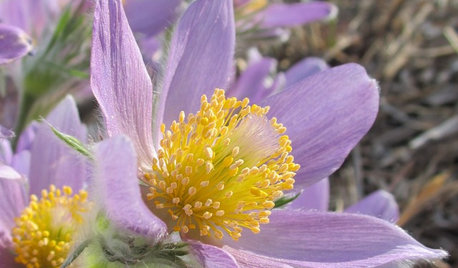
GARDENING FOR BUTTERFLIESGreat Native Plant: Pasque Flower
Get ahead with this early-blooming perennial, which has an unusual feature you've got to feel for yourself
Full Story
GARDENING GUIDESOh, Deer! 10 Native Flowers That Stand Up to the Herds
Keeping a garden amid hungry deer can be hard, but these plants should fare well
Full Story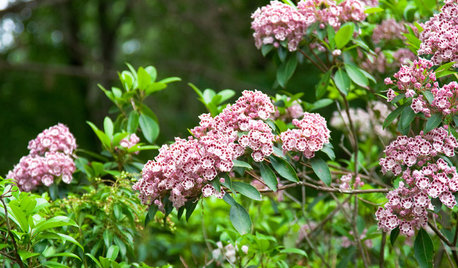
FLOWERS AND PLANTSKalmia Latifolia’s Origami-Like Flowers Shine in the Shade
This shade-tolerant shrub, also known as mountain laurel or calico shrub, thrives in East Coast woodland gardens
Full Story
TREESGreat Design Plant: Southern Magnolia, Iconic U.S. Native
Massive, fragrant blooms and deep green leaves set Magnolia grandiflora apart from other large shade trees
Full Story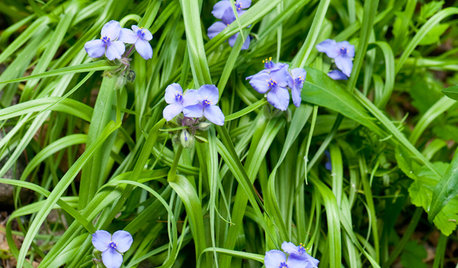
GARDENING GUIDESGreat Design Plant: Tradescantia Ohiensis Adds Shades of Blue
This reliable, adaptable U.S. native provides spider-like foliage and clusters of blue to purple flowers in Eastern gardens each spring
Full Story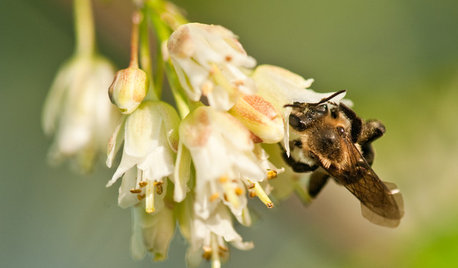
GARDENING GUIDESGreat Design Plant: Staphylea Trifolia Shines in the Shade
Plant American bladdernut for 3 seasons of interest: spring flowers and striped brown branches and bladder-like seedpods in fall and winter
Full Story


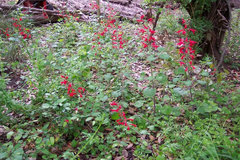

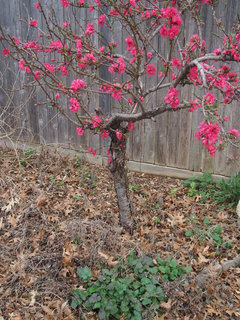



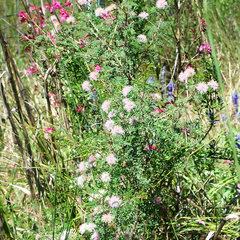


bostedo: 8a tx-bp-dfw